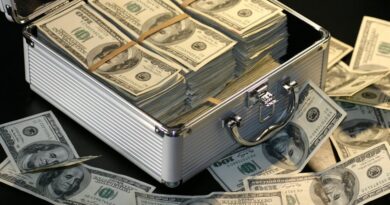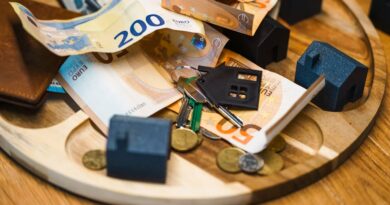Emergency Fund 2025: 7 Essential Steps to Build Financial Security
In today’s unpredictable economy, having a solid emergency fund is more crucial than ever, especially as we head into 2025 with potential shifts in interest rates and job markets. An emergency fund acts as your financial safety net, covering unexpected expenses like medical bills, car repairs, or job loss without derailing your long-term goals. Building one requires discipline and smart planning, but the peace of mind it provides is invaluable. This guide will walk you through everything you need to know to establish and maintain your emergency fund effectively.
Table of Contents
What Is an Emergency Fund and Why It Matters in 2025
An emergency fund is a dedicated pool of money set aside for unforeseen financial emergencies. It’s not for planned expenses like vacations or home improvements but for true crises that could otherwise lead to debt. In 2025, with inflation concerns lingering and potential economic volatility from global events, experts emphasize the need for a robust emergency fund more than ever.
Financial advisors recommend starting with the basics: assess your monthly expenses and identify potential risks. For instance, if you’re a freelancer, your emergency fund should account for irregular income streams. The goal is liquidity—easy access without penalties—so you can act quickly when needed.
Without an emergency fund, many turn to high-interest credit cards or loans, exacerbating financial stress. According to the Federal Reserve, nearly 40% of Americans couldn’t cover a $400 emergency in 2023, a trend likely to persist into 2025 without proactive measures.
Building an emergency fund fosters financial resilience. It reduces anxiety, improves credit health by avoiding debt, and allows focus on wealth-building activities like investing.
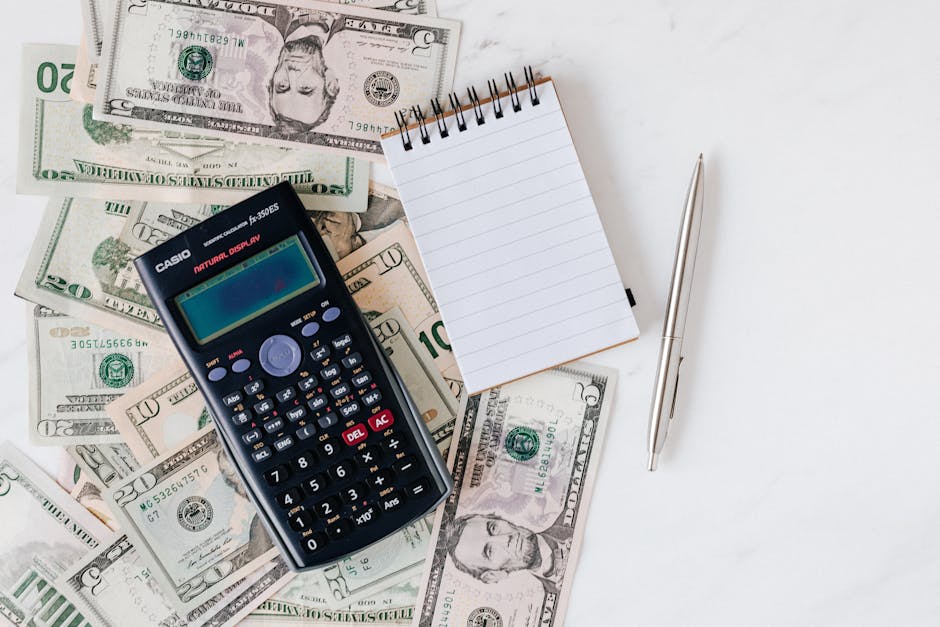
How Much Should Your Emergency Fund Cover?
Determining the right size for your emergency fund depends on your lifestyle, job stability, and family obligations. A common rule of thumb is to save three to six months’ worth of living expenses. For 2025, with rising costs in housing and healthcare, leaning toward six months or more is advisable, especially if you’re in a high-risk industry.
Calculate your essential expenses: rent or mortgage, utilities, groceries, transportation, and insurance. Exclude luxuries. If your monthly essentials total $4,000, aim for $12,000 to $24,000 in your emergency fund. Single-income households or those with dependents might need nine to twelve months.
Consider your risk factors. If you have a stable job with benefits, three months may suffice. But for gig workers or those in volatile sectors like tech or retail, buffer more. Tools like savings calculators can help refine this—many banks offer free ones online.
Reevaluate annually or after life changes, such as a new baby or job switch. In 2025, as remote work evolves, factor in potential relocation costs or tech upgrades.
Remember, quality over quantity: ensure the fund is in liquid, low-risk accounts to avoid market dips eroding your safety net.
Step-by-Step Guide to Building Your Emergency Fund
Starting your emergency fund journey begins with commitment. Step one: set a realistic goal based on your calculations. Break it into milestones, like $1,000 first, then build from there. Automate transfers from your paycheck to a dedicated savings account right after payday—this ‘pay yourself first’ approach harnesses compound interest over time.
Step two: create a budget to free up cash. Track spending for a month using apps like Mint or YNAB. Cut non-essentials, such as dining out or subscriptions. If debt is an issue, prioritize high-interest ones first, but don’t neglect your emergency fund. For tips on tackling credit card debt, check out our guide on How to Pay Off Credit Card Debt Fast: 7 Proven Strategies.
Step three: boost your income. Side hustles like freelancing or ridesharing can accelerate savings. In 2025, with the gig economy booming, platforms like Upwork offer flexible opportunities. Aim to save 10-20% of any extra earnings directly into your fund.
Step four: leverage windfalls. Tax refunds, bonuses, or gifts should go straight to your emergency fund. Avoid the temptation to spend them. If you’re debating between saving and investing, our article Saving vs Investing in 2025 — Which Gives Better Returns? (Complete Guide) can help clarify priorities.
Step five: monitor progress monthly. Adjust as needed, and celebrate small wins to stay motivated. Consistency is key— even $50 a week adds up to over $2,500 annually.
For those with student loans weighing you down, building an emergency fund can prevent default risks. Explore options in Student Loan Forgiveness Programs 2025: 7 Essential Options for Debt Relief.
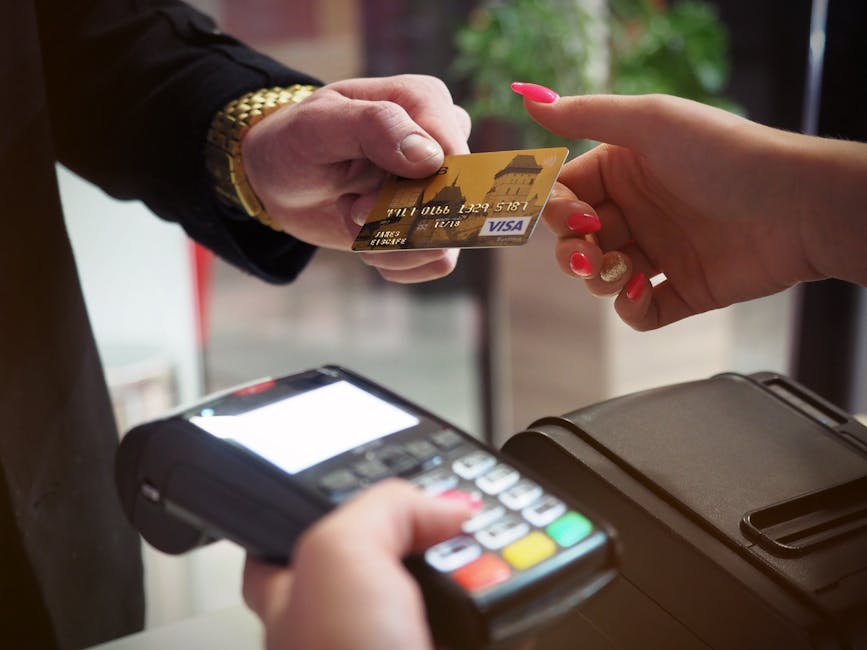
Best Places to Keep Your Emergency Fund
Your emergency fund needs to be accessible yet earn some interest. High-yield savings accounts (HYSAs) are ideal for 2025, offering APYs around 4-5% with FDIC insurance up to $250,000. Online banks like Ally or Marcus by Goldman Sachs often beat traditional ones.
Consider money market accounts for slightly higher yields with check-writing privileges. Certificates of deposit (CDs) can work for portions you won’t need immediately, but ladder them to maintain liquidity. Avoid stocks or retirement accounts—these aren’t for emergencies due to penalties and volatility.
For easy access, use separate accounts to avoid dipping into your fund casually. Some apps like Acorns offer round-up features to automate micro-savings effortlessly.
In 2025, with potential Fed rate changes, shop around for the best rates. Credit unions provide competitive options with fewer fees. Always verify FDIC or NCUA insurance for safety.
The Consumer Financial Protection Bureau recommends liquid assets for emergency funds. Learn more at the CFPB’s guide on emergency funds.
Maintaining and Growing Your Emergency Fund Long-Term
Once built, don’t let your emergency fund stagnate. Replenish it after use immediately—treat it like a revolving safety net. Annually review your expenses and adjust the target amount accordingly.
To grow it, continue automating contributions and seek higher yields as rates fluctuate. In 2025, if inflation rises, consider inflation-protected options like I-bonds, though they’re less liquid.
Avoid common pitfalls: don’t use it for non-emergencies, and resist moving it to riskier investments. If job loss hits, pair your fund with unemployment benefits planning.
For ongoing financial health, integrate your emergency fund into broader planning. If debt payoff is a goal, side hustles can help—see our post on 10 Essential Side Hustles to Pay Off Debt Faster in 2025.
Ultimately, a well-maintained emergency fund empowers you to face 2025’s uncertainties with confidence. Start small, stay consistent, and watch your financial security flourish.
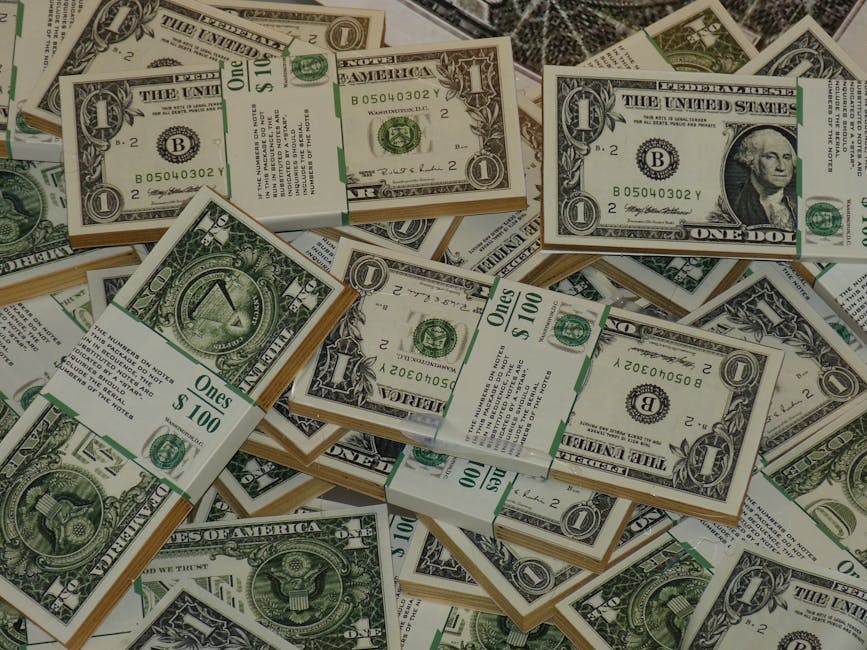
Building an emergency fund is a foundational step toward financial independence. By following these steps, you’ll be prepared for whatever 2025 brings. Remember, it’s not just about the money—it’s about the security and freedom it provides.

